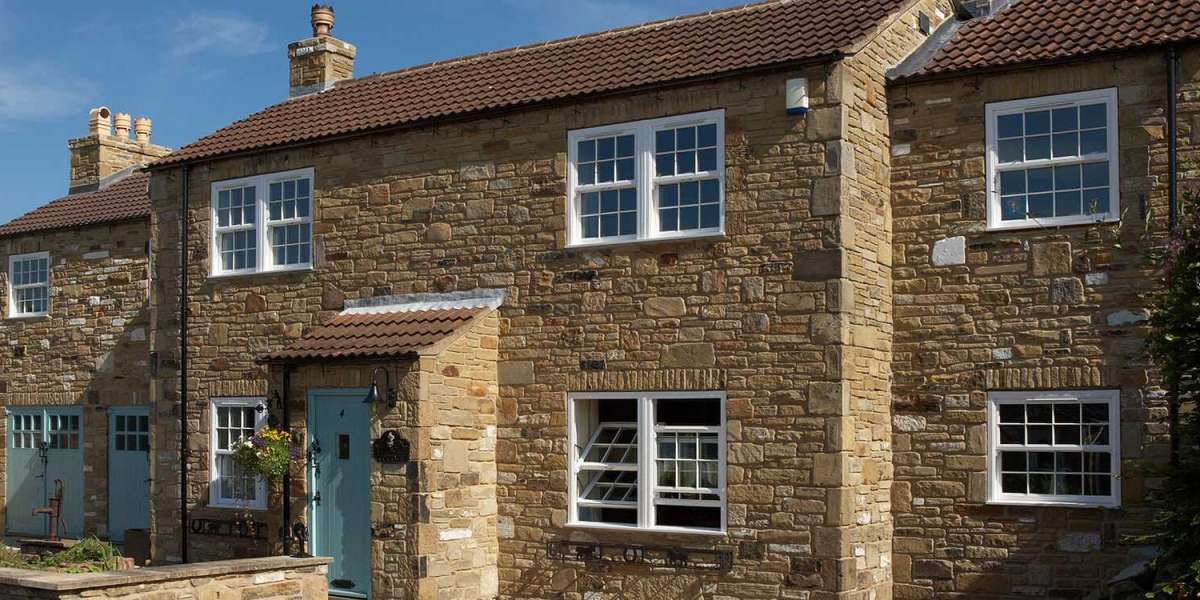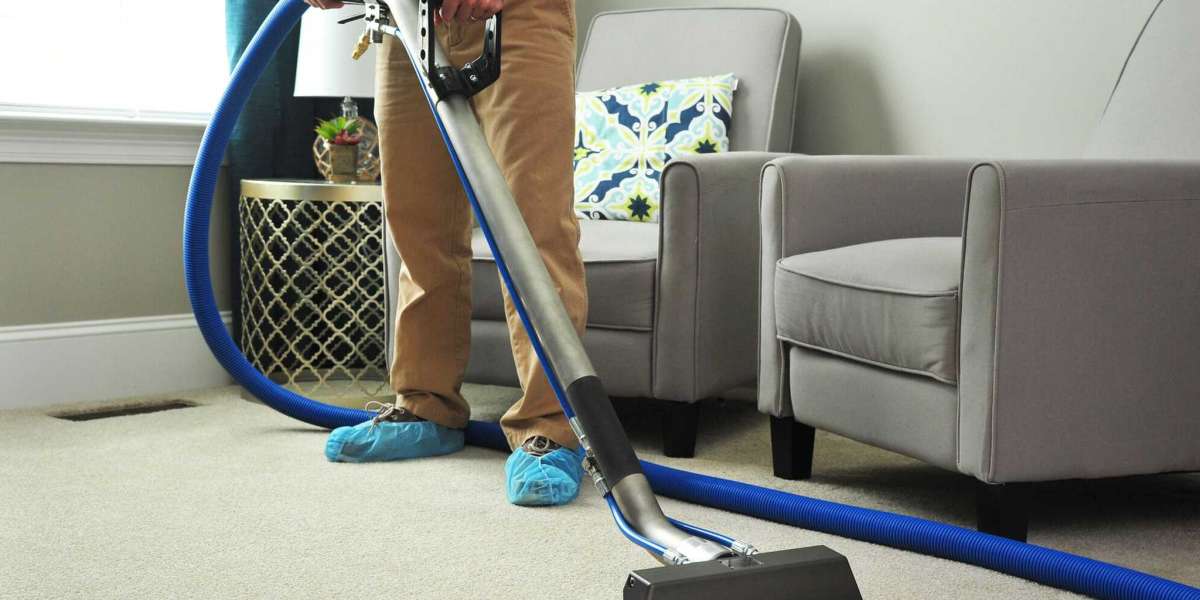What Is Sustainable Design?
Sustainable design refers to creating spaces, products, and systems that reduce environmental impact while enhancing quality of life. It focuses on conserving resources, minimizing waste, and promoting well-being. Unlike conventional design, which often prioritizes aesthetics and cost alone, sustainable design considers long-term effects on the environment, society, and economy.
At its core, sustainable design is about creating solutions that are not only visually appealing and functional but also responsible and enduring.
Principles of Sustainable Design
To better understand the concept, it’s important to explore the core principles that define sustainable design:
Energy Efficiency
Designing spaces and products that consume less energy is central to sustainability. This includes using energy-efficient lighting, appliances, and HVAC systems, as well as maximizing natural light and ventilation.Material Responsibility
Choosing eco-friendly, renewable, or recycled materials helps reduce environmental harm. Sustainable wood, bamboo, recycled glass, and low-VOC paints are popular examples. These materials are durable, non-toxic, and often biodegradable.Waste Reduction
Sustainable design aims to minimize waste throughout the design and production process. This can be achieved by designing products with longer lifespans, encouraging recycling, and reducing packaging waste.Water Conservation
Incorporating water-efficient fixtures, rainwater harvesting systems, and sustainable landscaping practices helps preserve one of the planet’s most valuable resources.Health and Well-Being
Sustainability isn’t just about the environment; it’s also about people. Sustainable design promotes healthier indoor environments with better air quality, natural lighting, and ergonomic spaces that contribute to well-being.Flexibility and Longevity
Designs that can adapt to changing needs are more sustainable. For instance, modular furniture or multi-use spaces prevent waste and extend usability.
Why Sustainable Design Matters
The urgency of climate change highlights the need for sustainability in every industry. Buildings alone account for a significant portion of global carbon emissions, and the products we consume daily contribute to pollution and resource depletion. By integrating sustainable design principles, we can:
Reduce carbon footprints and reliance on non-renewable resources.
Promote healthier lifestyles and communities.
Save long-term costs through energy and resource efficiency.
Preserve natural ecosystems for future generations.
Sustainable design is not just an ethical choice—it’s an economic and social imperative.
Examples of Sustainable Design in Practice
1. Green Architecture
Modern buildings are increasingly adopting green certifications such as LEED (Leadership in Energy and Environmental Design). Features like solar panels, green roofs, and energy-efficient facades reduce environmental impact while providing comfort for occupants.
2. Eco-Friendly Interiors
Interior designers are embracing recycled materials, reclaimed wood, and organic fabrics. Spaces are planned to maximize natural light and reduce dependency on artificial lighting, creating interiors that are both stylish and sustainable.
3. Sustainable Furniture and Products
Designers now create furniture that is durable, repairable, and recyclable. Brands are innovating with materials such as mushroom-based leather, recycled plastics, and bamboo to reduce environmental impact.
4. Urban Planning and Public Spaces
Sustainable city design includes pedestrian-friendly layouts, efficient public transportation, and green spaces. These designs promote community interaction while reducing pollution and traffic congestion.
Current Trends in Sustainable Design
The world of sustainable design is constantly evolving. Here are some of the most notable trends today:
Biophilic Design: Incorporating nature into built environments to enhance well-being.
Circular Economy: Designing products with their entire lifecycle in mind—ensuring materials can be reused, repurposed, or recycled.
Net-Zero Buildings: Structures designed to generate as much energy as they consume.
Smart Technology Integration: Automated systems that optimize energy and water use.
Local Sourcing: Using locally produced materials and products to cut transportation emissions and support communities.
Overcoming Challenges in Sustainable Design
Despite its many benefits, sustainable design faces challenges such as higher upfront costs, limited availability of eco-friendly materials, and resistance to change in traditional industries. However, these obstacles are gradually being overcome as awareness grows and technology advances. Long-term savings, consumer demand, and stricter environmental regulations are also accelerating adoption.
The Future of Sustainable Design
Looking ahead, sustainable design will become the standard rather than the exception. With growing investment in renewable energy, innovative materials, and eco-conscious technologies, designers are pushing boundaries like never before. Future homes may be self-sustaining, cities will be greener and smarter, and products will be designed for complete recyclability.
Importantly, sustainable design will continue to merge functionality with aesthetics, proving that being eco-friendly does not mean sacrificing beauty or comfort.
Conclusion
Sustainable design is more than a design approach—it is a philosophy of responsibility. By embracing it, we not only create spaces and products that serve us today but also ensure a healthier, greener planet for tomorrow. From architecture to interiors, and from consumer goods to city planning, sustainability is redefining how we live, work, and interact with our environment.
As individuals, designers, and businesses, adopting sustainable practices is a step toward a future where innovation and responsibility go hand in hand. The choices we make in design today will determine the legacy we leave for future generations—a legacy of balance, harmony, and sustainability.







